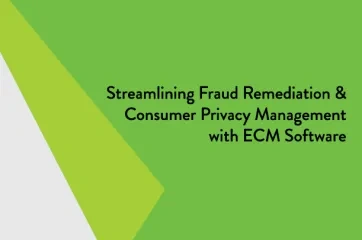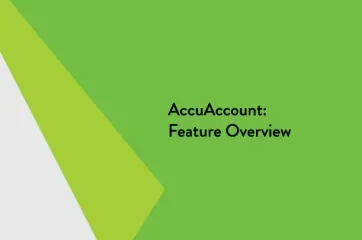Verification of Deposit and Income Forms
A Verification of Deposit form is a document that is part of a personal mortgage loan application package and is used as a risk-mitigation measure. It is sent from one financial institution to another to confirm either that a customer’s:
- cash deposit amounts as reported on the loan application are correct
- account has the necessary funds for a down payment
This form is typically required to submit a loan package for approval to mortgage underwriters.
A Verification of Income form is another standard document in a personal mortgage loan application package. A mortgage originator or assistant usually prepares it to confirm a loan applicant’s stated income. Verification of Income is used to ensure that a bank is basing its calculations on an applicant’s actual income and to determine whether the applicant can repay his or her loan.
Verification of income may be completed in one of several ways:
- Self-employed individuals may be asked to provide tax returns (i.e., IRS Form 1040)
- Those employed by a company or organization might be asked to submit W-2s or pay stubs
- In some cases, a bank or credit union might contact the applicant’s employer to confirm income
Tracking Verification of Deposit & Income Forms
Verification of Deposit and Verification of Income documents are usually mailed between physical locations and offices. Mailed documents can be difficult to track without proper technology and exception reporting workflows.
That’s why some banks and credit unions turn to core-integrated document tracking software, such as AccuAccount, to improve their loan application workflows.
For example, AccuAccount can track that the Verification of Deposit form was mailed and when it was returned—and store a digital image of the document for convenient reference.
Loan Document Management Resources
For more information about document tracking and imaging in the banking industry, be sure to check out our extensive resource library with free spreadsheets, whitepapers, and eBooks.
Browse our banking definitions page for more terminology.








